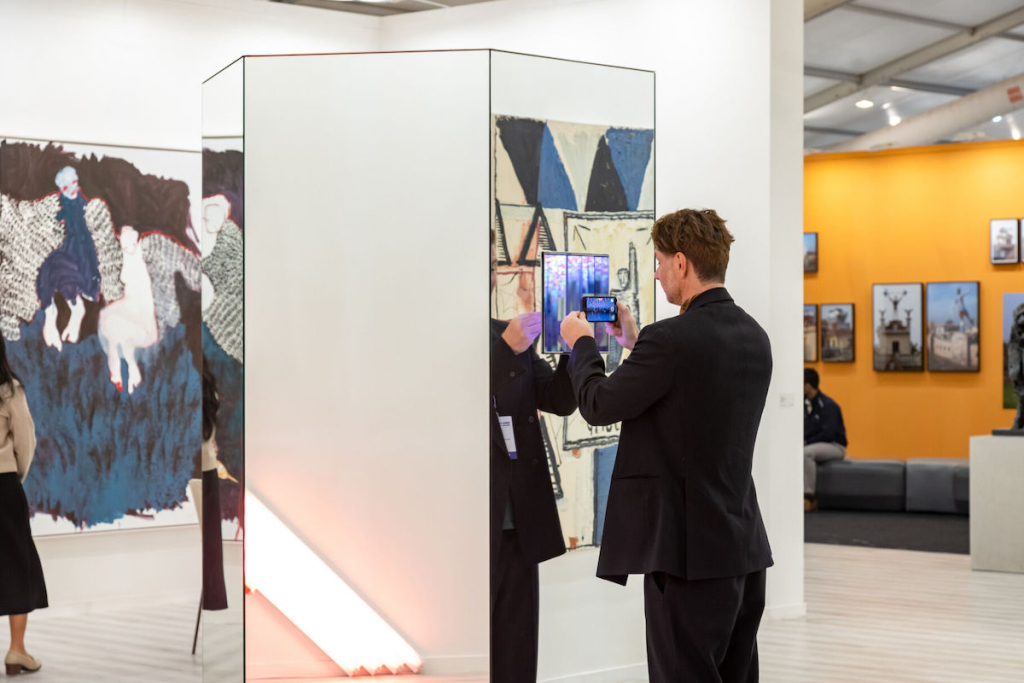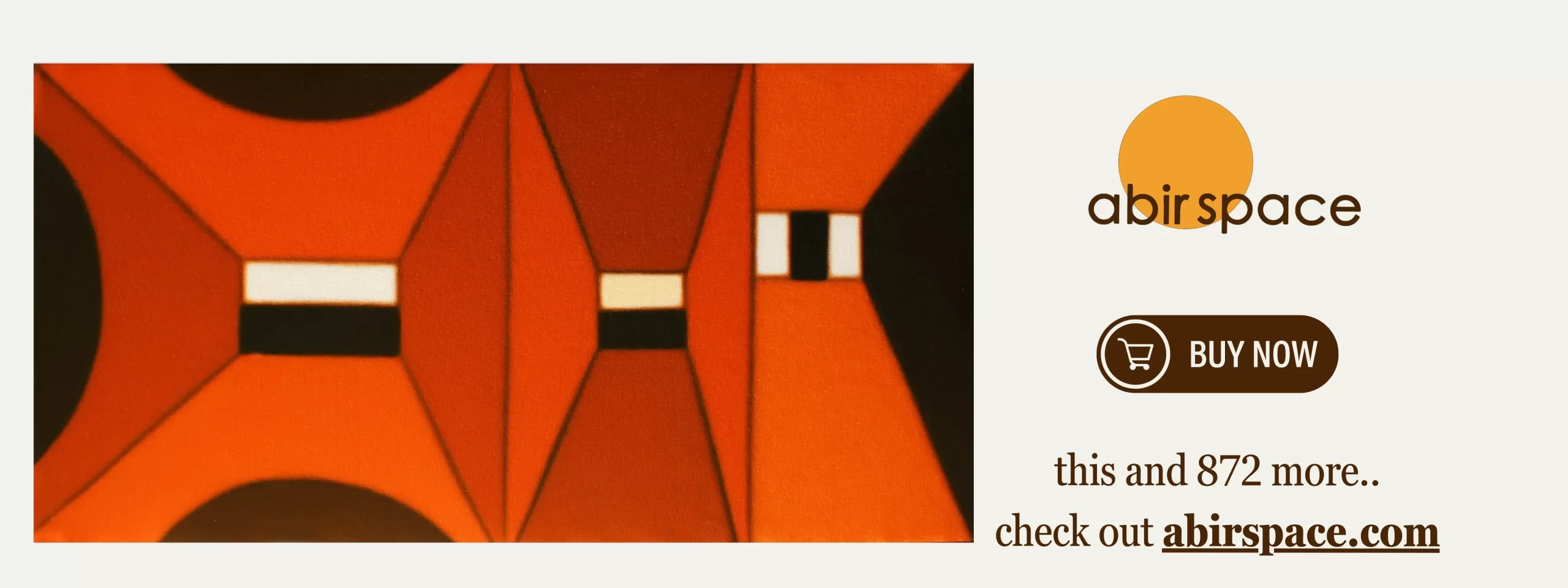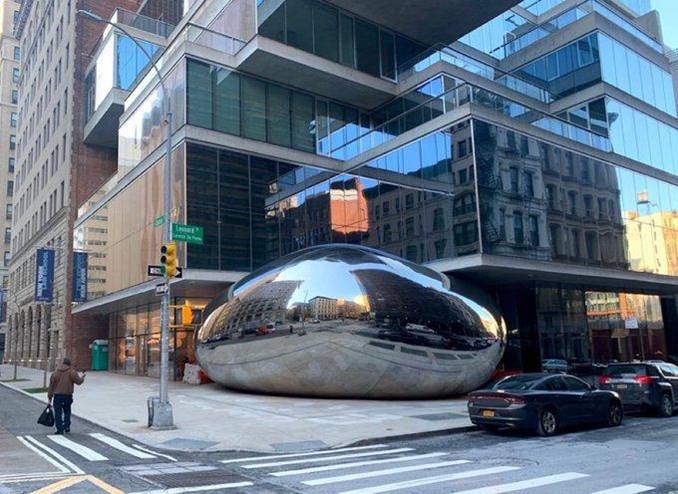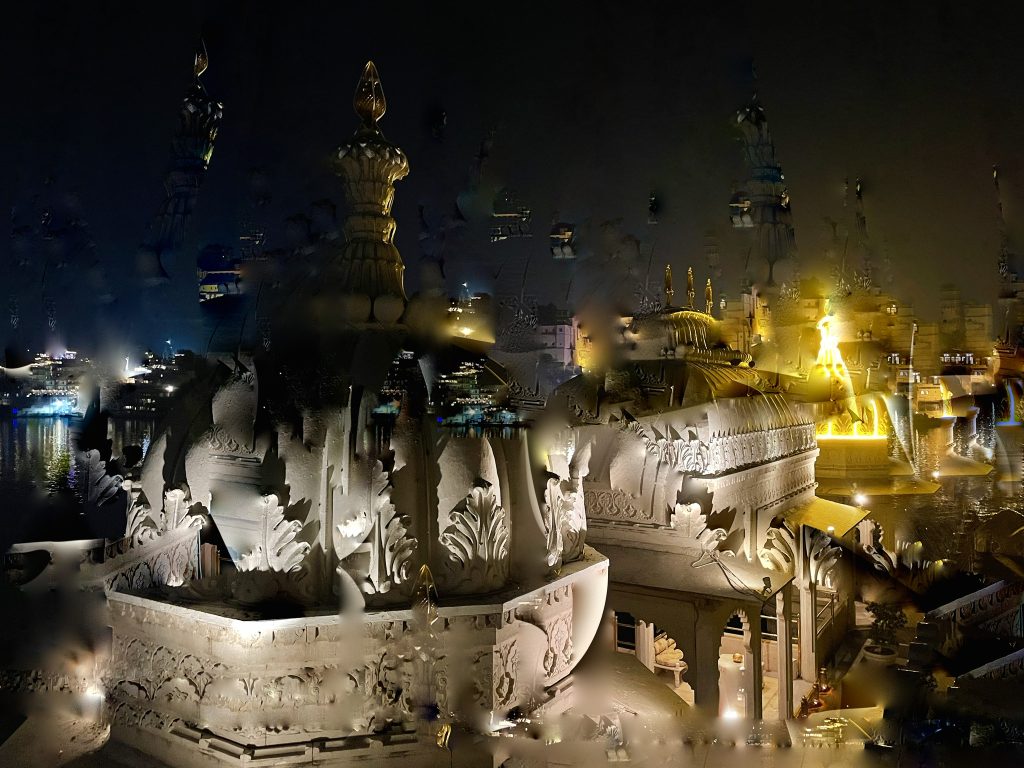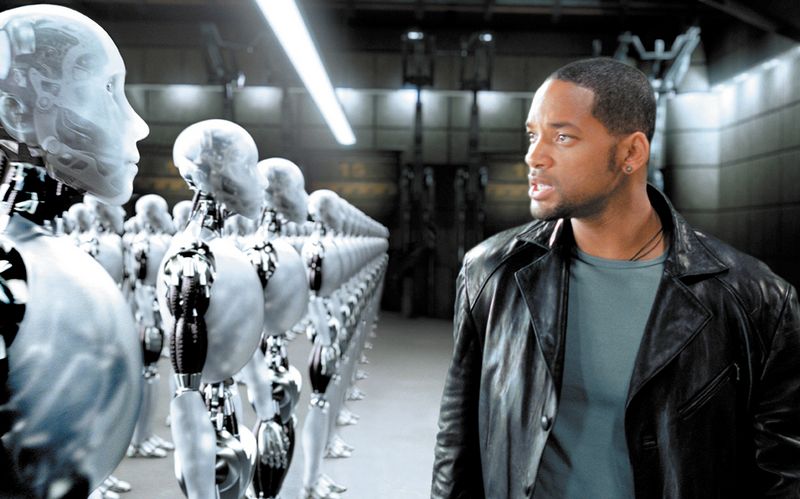The Trade Fair with The Grand Footfall has Scope of Change to Bring Art Closer to its Audience
The 16th edition of the India Art Fair (IAF) opened with much fanfare on February 6, boasting more glitz and glamour than ever before. Running until February 9, this year’s fair has expanded its scope with Public Projects, Foundation Projects, increased international gallery participation, and vibrant outreach programs. The event stands as one of Asia’s most significant cultural gatherings, drawing comparisons with Art Singapore and Art Dubai. However, despite its expansion and growing influence and collection of art reflecting identity and culture, IAF remains at a crossroads between commercial viability and contemporary artistic ambition, struggling to carve out a distinctive identity beyond market-driven interests.
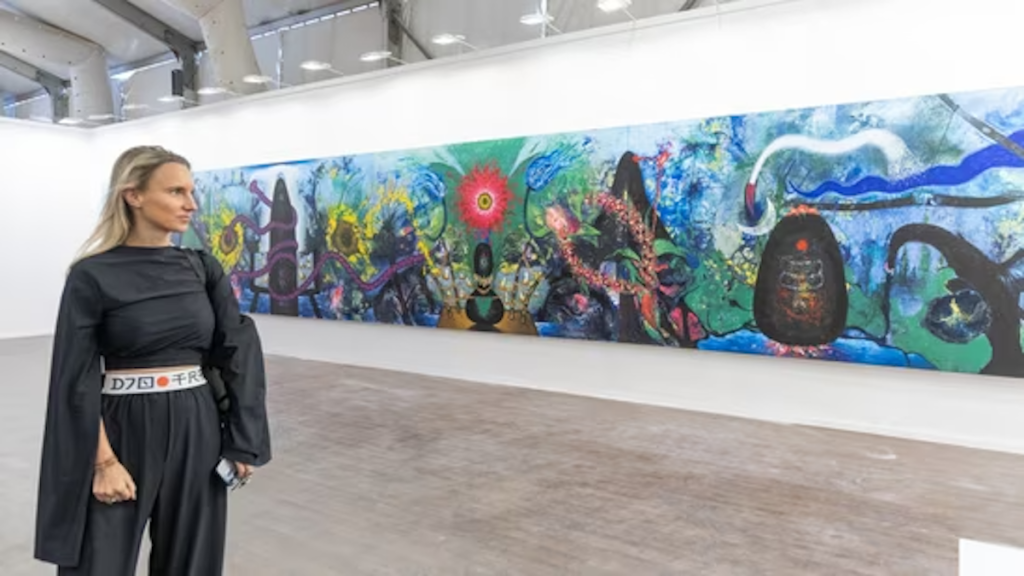
The Evolving Landscape of India Art Fair
With over 120 galleries and 40 emerging South Asian artists, the contemporary art exhibitions present a distinctly subcontinental flavor. However, its organization often feels fragmented, lacking a cohesive artistic dialogue. Unlike Art Basel, which has a strong curatorial framework and a global presence across Basel, Miami Beach, Hong Kong, and Paris, or Frieze Art Fair, which is dedicated exclusively to contemporary art with curated projects, IAF lacks a clear thematic direction. While it aims to promote cultural exchange in South Asia, it notably excludes artists from Pakistan, creating a gap in the regional representation.
The Foundation section of IAF, however, is a refreshing change, showcasing art for its intrinsic value rather than its commercial appeal. The Chanakya Foundation’s focus on textile artistry, Gujral Foundation’s curated exhibits, and innovative installations by Ankon Mitra and Sarita Handa offer a stimulating experience. Yet, while IAF includes well-known folk and tribal art traditions, it often overlooks lesser-known regional art forms, such as those from India’s northeast.
Global Aspirations and Local Realities
One noticeable shift is the increased presence of international galleries in the attempt to initiate art beyond boundaries like Lisson Gallery and David Zwirner, reinforcing India’s role in the global art market. These galleries bring prestige and commercial clout, but their presence often overshadows Indian galleries striving for visibility. The Carpenters Workshop Gallery, which blurs the lines between art, design, and craft, presents an interesting contrast, highlighting IAF’s struggle to integrate design seamlessly into the fair. Instead of a thoughtful fusion, the design segment appears disconnected from the event’s core artistic narrative, better suited for a dedicated India Design Fair.
Contemporary art galleries such as Gallery Maskara, Studio Art, and Rukshaan Art push boundaries with bold explorations of gender, identity, and materiality. Artists like T Venkanna and Baiju Parthan challenge conventional aesthetics, while Studio Art’s textured works add depth. However, many galleries play it safe, focusing on commercially viable works rather than risk-taking new expressions. The fair’s Young Collector’s Programme attempts to cultivate new audiences, but the representation of emerging artists remains limited.
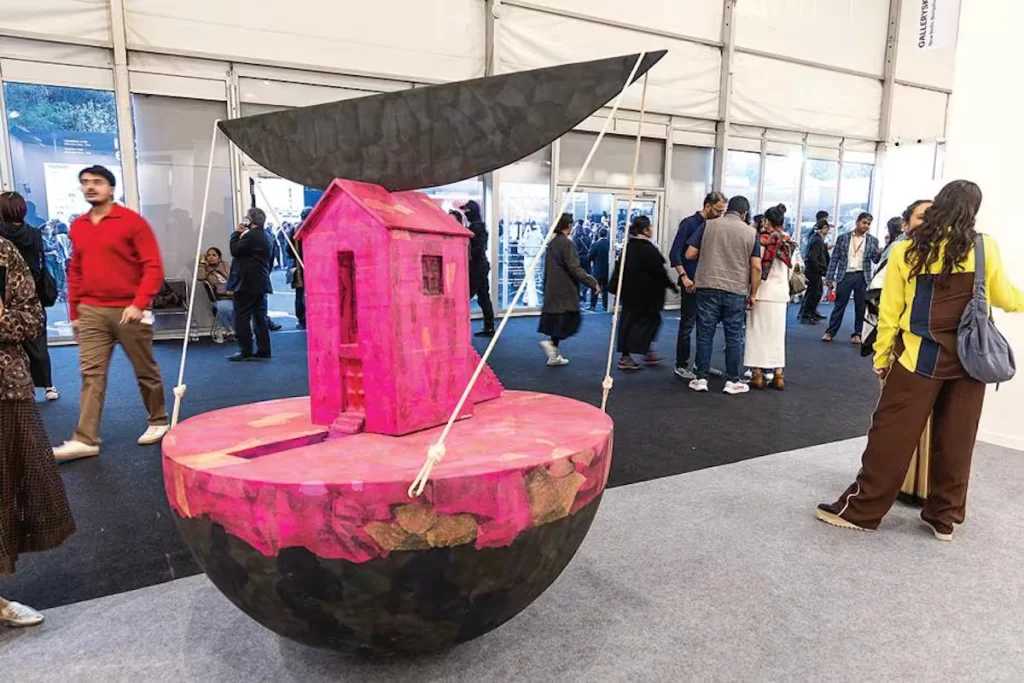
Image Courtesy- Raajesh Kashyap/HT
The Need for a Paradigm Shift
Despite its steady growth and increased visibility, IAF struggles to move beyond its role as a high-profile marketplace. Much like Art Mumbai, which launched in 2024 with a more localized yet commercially driven focus, IAF prioritizes trade and networking over deeper intellectual engagement. VIP lounges buzz with conversations among dealers and collectors, yet the fair lacks a strong curatorial vision that would elevate it beyond a transactional event.
For the IAF to truly evolve, it must rethink its structure and purpose. Three key areas require attention: organization, thematic engagement, and artistic medium. First, moving beyond the conventional booth setup towards a unified contemporary art exhibitions format would create a stronger narrative, allowing artworks to interact meaningfully. Second, adopting themes—such as technology, ecology, gender, or sustainability—would provide depth, making the fair a space for artistic dialogue rather than just a commercial showcase. Third, dedicating sections to specific mediums like sculpture, film, or digital art could challenge traditional notions of art presentation and expand its audience.
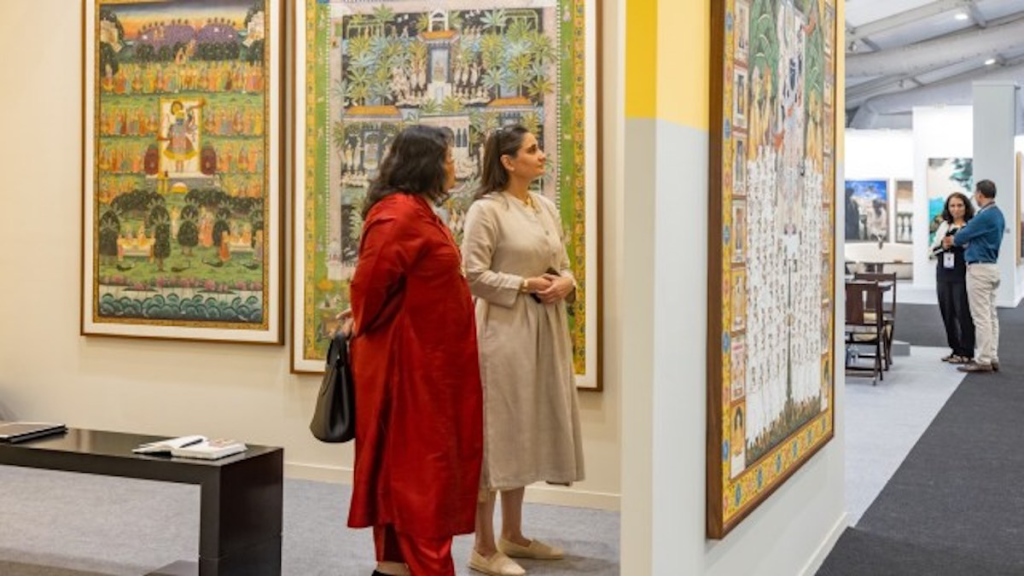
A Call for Bold Conversations
In a country with limited public platforms for fearless artistic expression, IAF has the potential to be more than just a trade fair. Art should not merely exist within the confines of elite circles but should engage with wider audiences, creating a space for meaningful discourse. If IAF remains content with its existing commercial model, it risks becoming just another marketplace rather than a transformative cultural landmark.
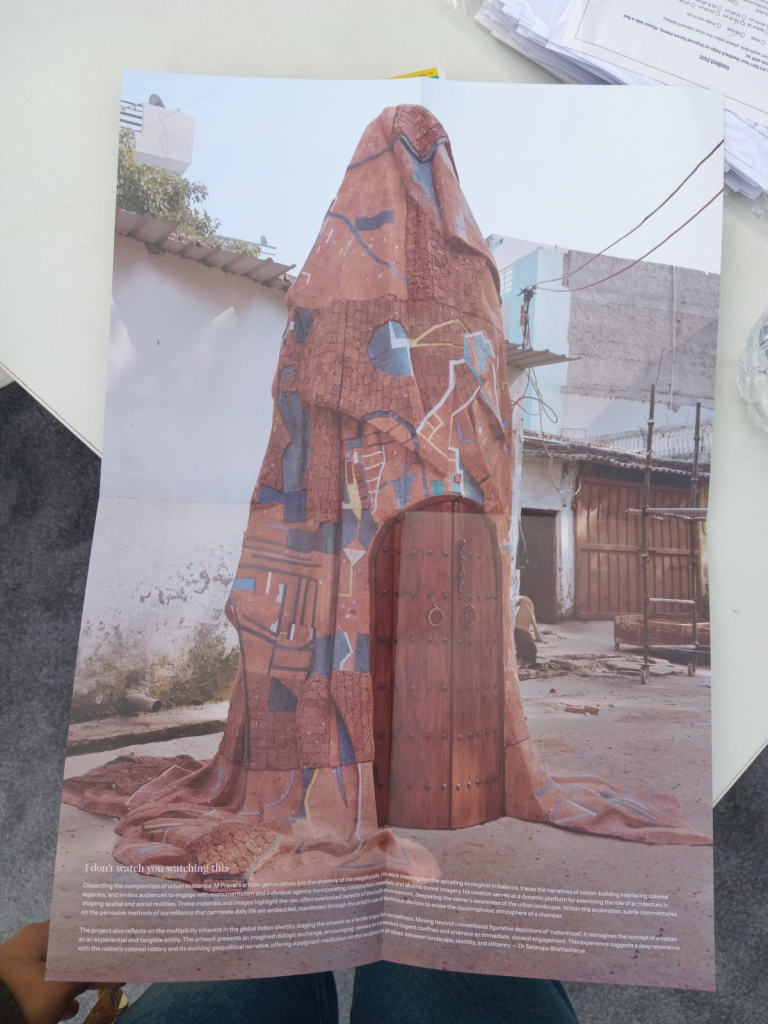
Unlike European and American art fairs, where the public engagement with art has matured into a critical experience, India’s relationship with art remains an evolving mix of curiosity, investment, and tradition. As IAF widens its reach, it must embrace its role not just as a commercial hub but as a platform that shapes contemporary artistic discourse and the future of experiential art . Only then can it truly distinguish itself on the global stage, moving beyond the mere spectacle of an art bazaar to become a meaningful cultural institution.
Contributor

